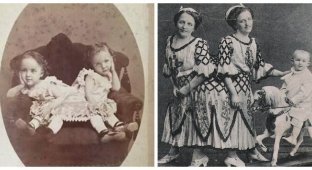Radika and Dudika Nike: the short life of separated sisters (6 photos)
The probability of conjoined twins being born is not so high and is approximately 1 case in 200 thousand newborns. 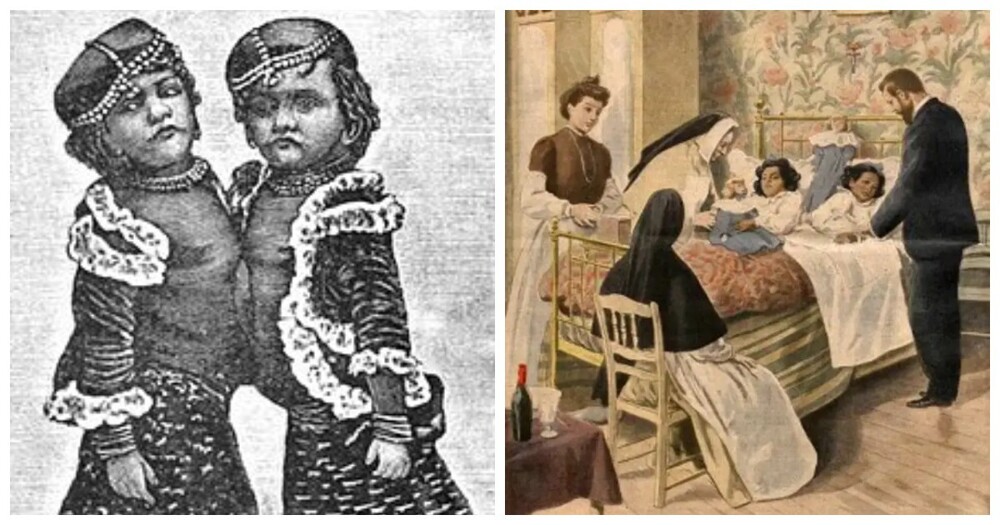
While in some cases the doctors immediately say that there is no chance of separation, in some cases it is possible to separate the children. And they get, albeit small, a chance for a separate and, possibly, happy life. 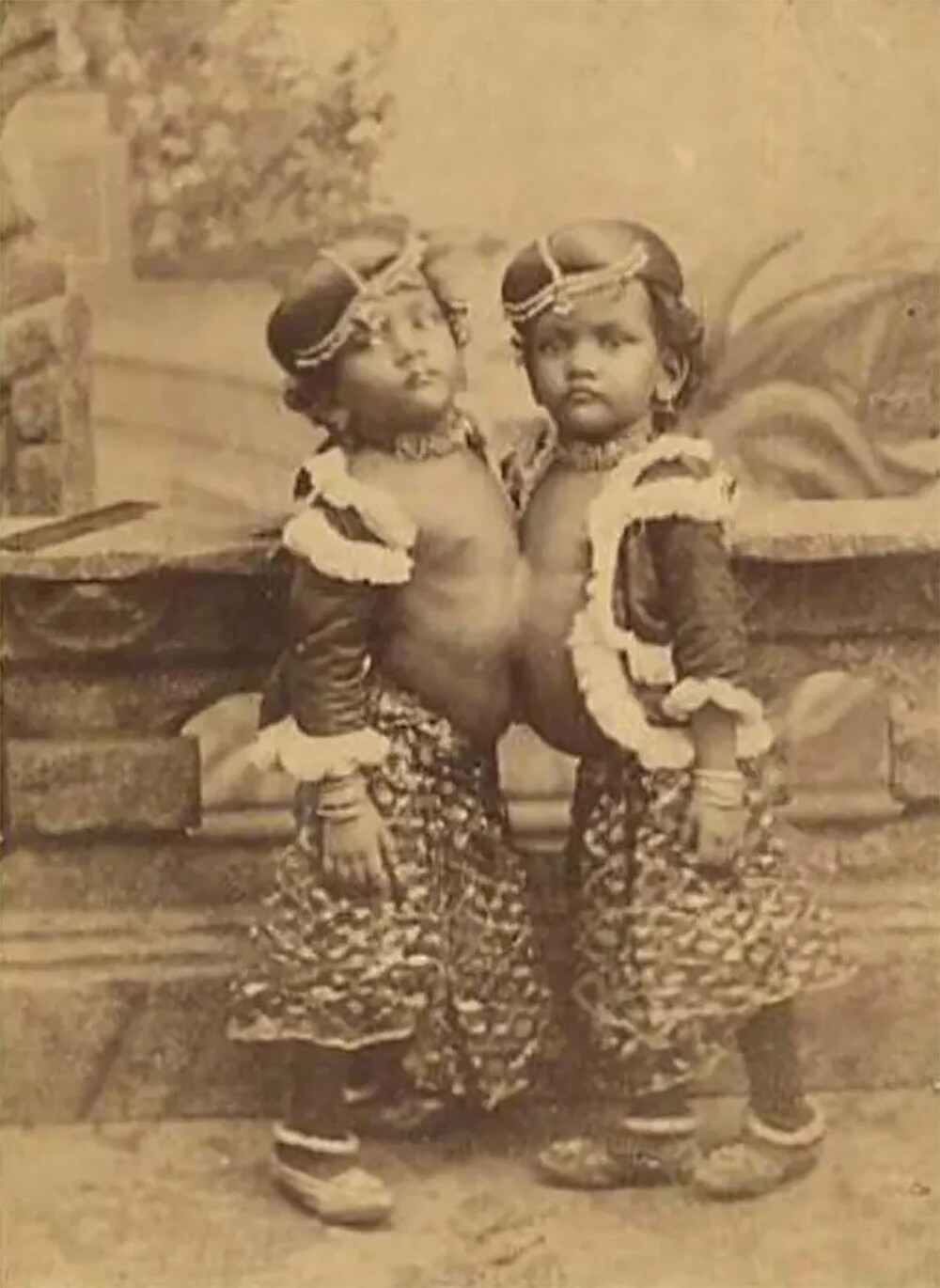
Radika and Dudika
The term “Siamese twins” itself is a household synonym for the medical condition of conjoined twins. This slang definition arose due to the popularity in the mid-19th century of Chang and Eng Banker, conjoined twins who were originally from Siam. The brothers were so popular that they were called the Siamese twins, a reference to their condition rather than their nationality. The Bunker brothers were joined at the chest area. 
Poster announcing the appearance of twins at the Moulin Rouge
In 1888, twin girls were born in the Indian state of Orissa, connected in a similar way.
Although the birth of conjoined twins was usually seen as something divine, the superstitious people of their village considered the girls a "symbol of divine wrath" and achieved exile. Their father, saddened by the appearance of his daughters, wanted to separate them with his own hands. 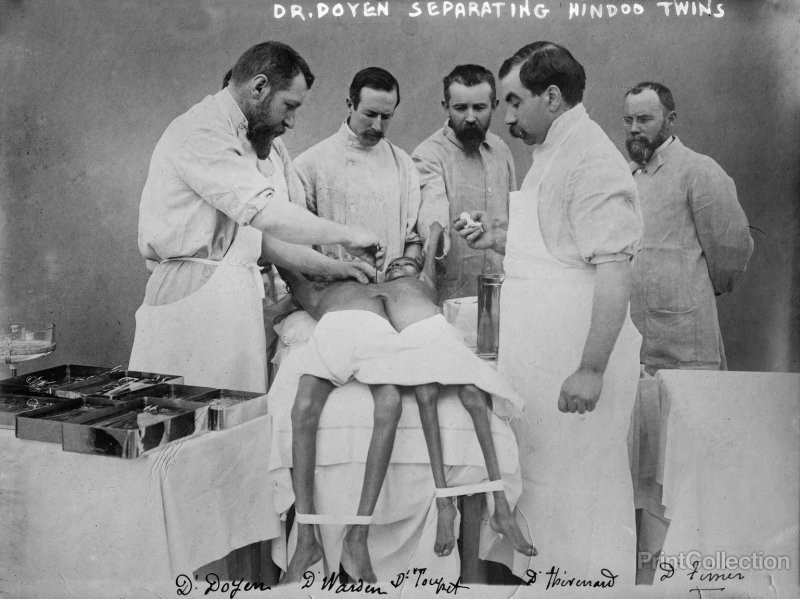
Separation operation
But local authorities resisted and saved the children. The monks of the temple took care of the babies. The monks named the girls Radika and Dudika. In 1893, Radika and Dudika were sold to London showman Colman. The sisters began their career touring throughout Europe. It is said that Colman treated the girls as a foster father, and not just as an exploitative manager. The girls seemed happy and they had each other. The sisters spoke several languages, and a governess from Scotland was involved in their education and upbringing. 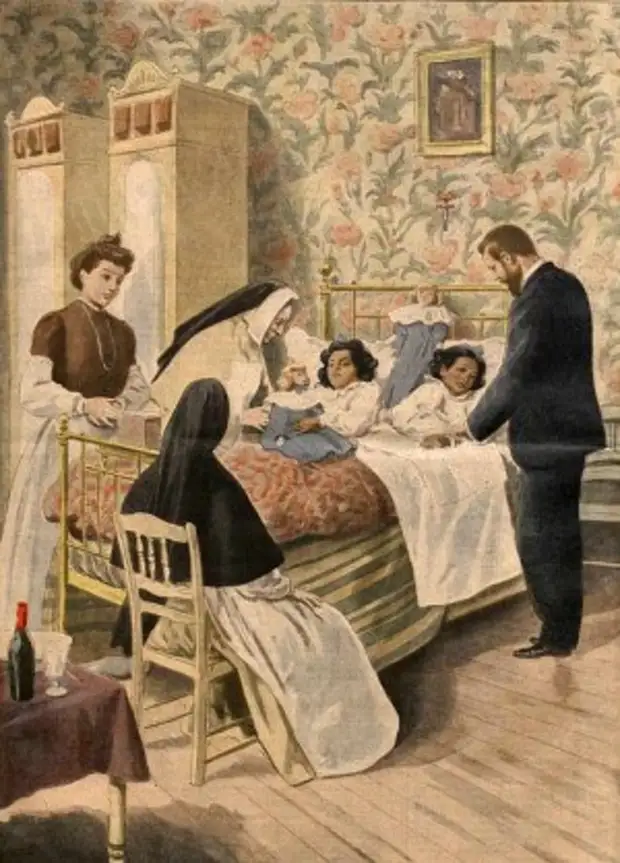
A serene life lasted for almost 10 years, until Dudika developed tuberculosis in 1902.
In Paris, the famous French surgeon Dr. Eugene-Louis Doyen separated the sisters in an attempt to save Radika. The medic was an innovator in the field of medical cinematography and filmed the twins' operation entitled La Separation de Doodica-Radica. There is an opinion that he was too carried away by this side of the process and rushed in pursuit of advertising. The intervention seemed to be successful: the children were eating liquid food, sleeping and recovering. But a week later Dudika dies from peritonitis. 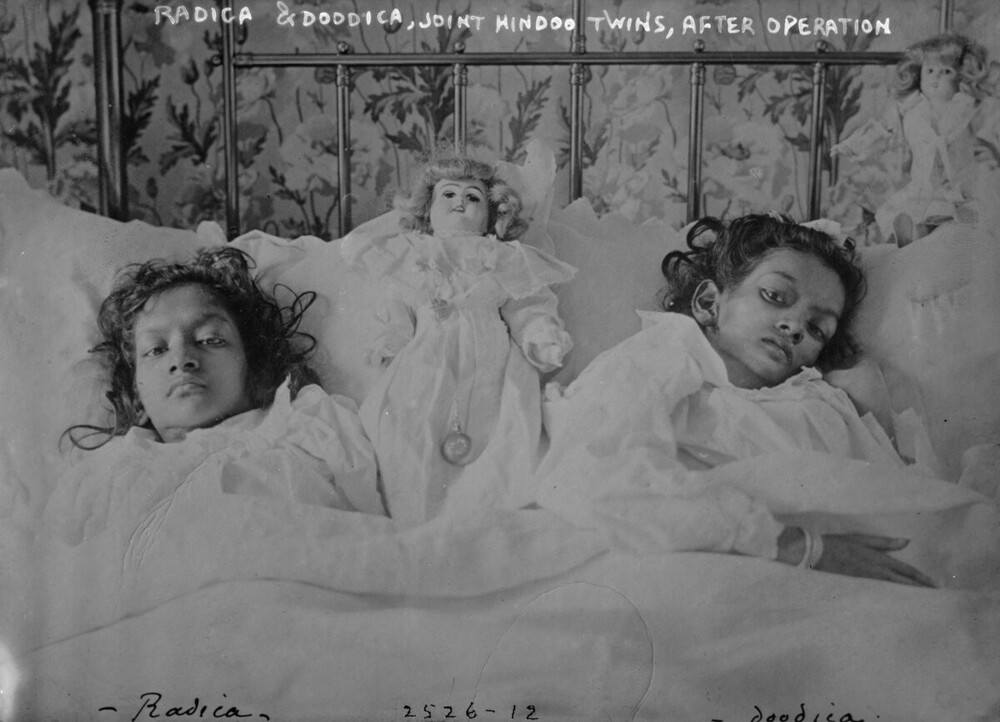
Sisters after surgery
It seems that Radika, the survivor, has a chance for a long life. But the girl contracted tuberculosis from her sister and, despite the efforts of doctors, she died in 1903 in a Paris sanatorium 16 months after Dudika’s death.












